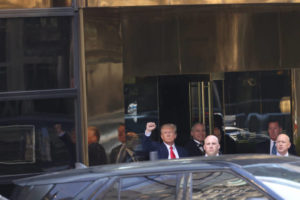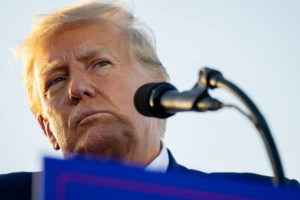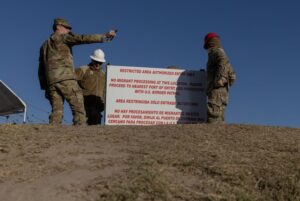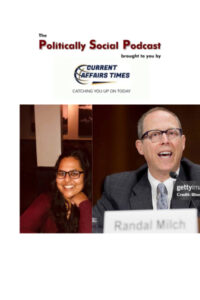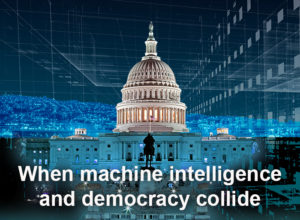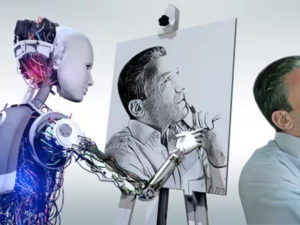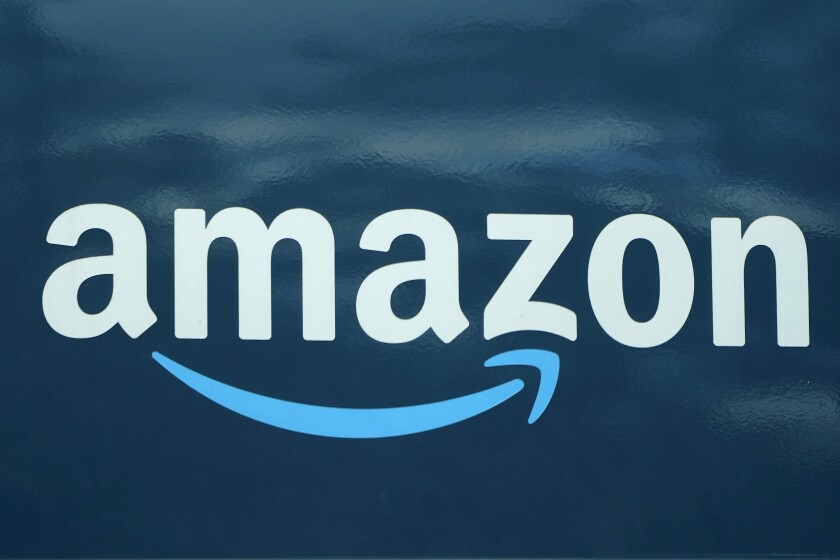
Amazon
New York– It’s spring, and a defiant bloom of organized labor cracks the soil after a long winter. Where a century ago, the chants for solidarity sounded in the mines and mills, today, the settings for labor campaigns are warehouses and over flat whites.
Two of America’s largest and most iconic brands, Starbucks and Amazon, are battling organizing legions of fed-up employees. The situation with Starbucks, in particular, has blazed like an electric wildfire. Since December, Starbucks unions have won elections in 50 stores nationwide. And according to the National Labor Relations Board, these unions have a success rate of 85%. In the coming months, hundreds more elections are to be held.
On the other side of things, Amazon’s union efforts read more slant. Claiming a historic victory in April, the Amazon Labor Union coronated the JFK8 warehouse, the first union in Amazon’s existence. But following this success, the scrappy, worker-led labor organization has failed to win elections in two other warehouses–one in Staten Island and the other in Alabama.
Be that as it may, many didn’t expect the ALU to make the headway they have. And as the old union hymn goes, “Freedom doesn’t come like a bird on a wing.”
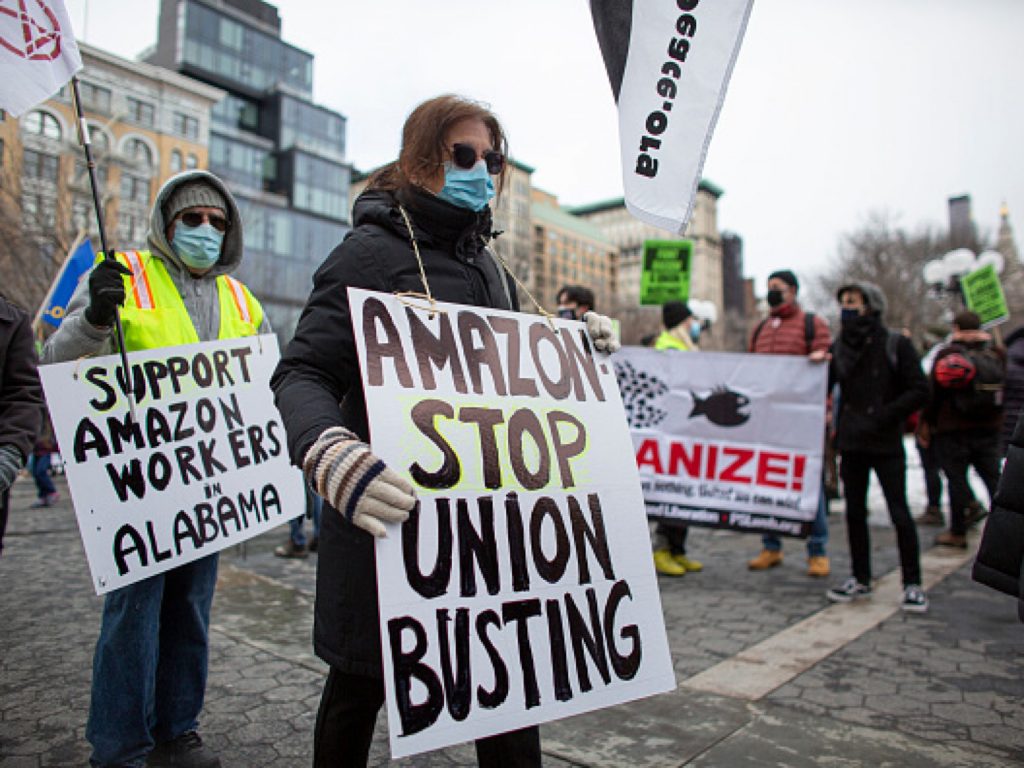
The Recent Case of Union Outbreak
Union representation in the United States has deflated since the mid-to-late 20th century. Today, just over 10% of workers in the United States hold union membership, compared to 33% in the mid-1950s.
But certain factors suggest a bucking of this downward trend. For one, there’s an interplay between generations and union favorability. Overall, Gen-Z has around a 70% favorable view of Unions, even though they are the least likely generation to be part of one. Likewise, millennials share a similar favorability with Gen Z, as the opinions of older generations stand at a much lower rate (around 45%).
Additionally, the COVID pandemic threw another fat bundle of kindling into the mobilizing furnace. Given the history of labor movements, it comes as a small shock.
Upticks in unionization efforts are often born of bottom conditions. Workers historically field many waves of abuse, only to reach a breaking point when employers become blind to their humanity.
Employing over 1.1 million (just over the population of Montana), Amazon consistently sets standards for labor violations in the US. In addressing worker complaints, Bezos favors the dry talking point: relations are better when dealt directly with employees rather than through labor representatives.
To ensure this stance remains the status quo, the Current Affairs Times reached out to Amazon, requesting their comment about the concerns brought by the ALU. And in response, Kelly Nantel, Director of National Media Relations for Amazon, parroted, “As a company, we don’t think unions are the best answer for our employees. Our focus remains on working directly with our team to continue making Amazon a great place to work.”
A great place for who? With Amazon’s annual 150% turnover rate, it comes as little surprise that the machinery for arbitration is set in motion. The only surprise is that it took so long.
Chris Smalls, president of the ALU and ex-Amazon employee, says the union’s inception came during the early months of the pandemic. He cites situations where workers were visibly ill, potentially from COVID, and Amazon refused to take precautionary or protective measures for employees. It got to the point where he scheduled a walkout in protest. Smalls was fired two hours later. (Amazon cites COVID distancing violations as the reason for Smalls firing.)
However, COVID wasn’t an anomaly but the pressure that blew off the lid. Since its founding, Amazon has built a long sheet of corrupt practices. From refusing to open warehouse doors on 100+ degree days, scheduling delivery drivers with 14-hour days and no bathroom breaks, to constructing a freak model of statistical analyses of employee performance. Not to mention the millions shoveled towards anti-union consultation and mandatory employee seminars.
With such a growth of corrupt practices grew the small but persistent voice of those who had to endure them.
The Future of Amazon’s Labor Movement
The victorious effort of the JFK8 and Starbucks unions should be credited to the intravenous, worker-led style of organizing. They challenged the typical union model of handing the reigns to outmoded labor representatives to do the work for them. And while the south’s historic anti-union population undoubtedly influenced Amazon’s failure to unionize in places like Alabama, the failure was likely won by allowing slow-moving and disinterested labor groups an attempt at relating to those with whom they shared no struggle.
But even with miscalculations, wealthy opposition, and the inevitable union-busting methods to come, the ALU–with the belief that injury to one is taken as an injury to all–could bring the revitalizing spark the American labor movement has been waiting for.
Sources:
- A Union Blitzed Starbucks. At Amazon, It’s a Slog
- Amazon’s First Victory in New York
- Amazon Union Efforts Fail in Staten Island, Alabama
- Gen Z Opinion of Unions
- Unions By the Numbers
- Generational View of Unions
- Bezos Speaks on Amazon Unions
- Inside Amazon Warehouse
- Amazon Has a History of Mistreating Its Employees
- Amazon Mistreats Delivery Drivers
- How Amazon Surveillance Fueled Unionization Efforts
- Amazon Fails to Unionize in Alabama



